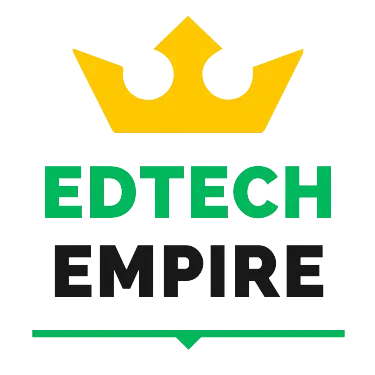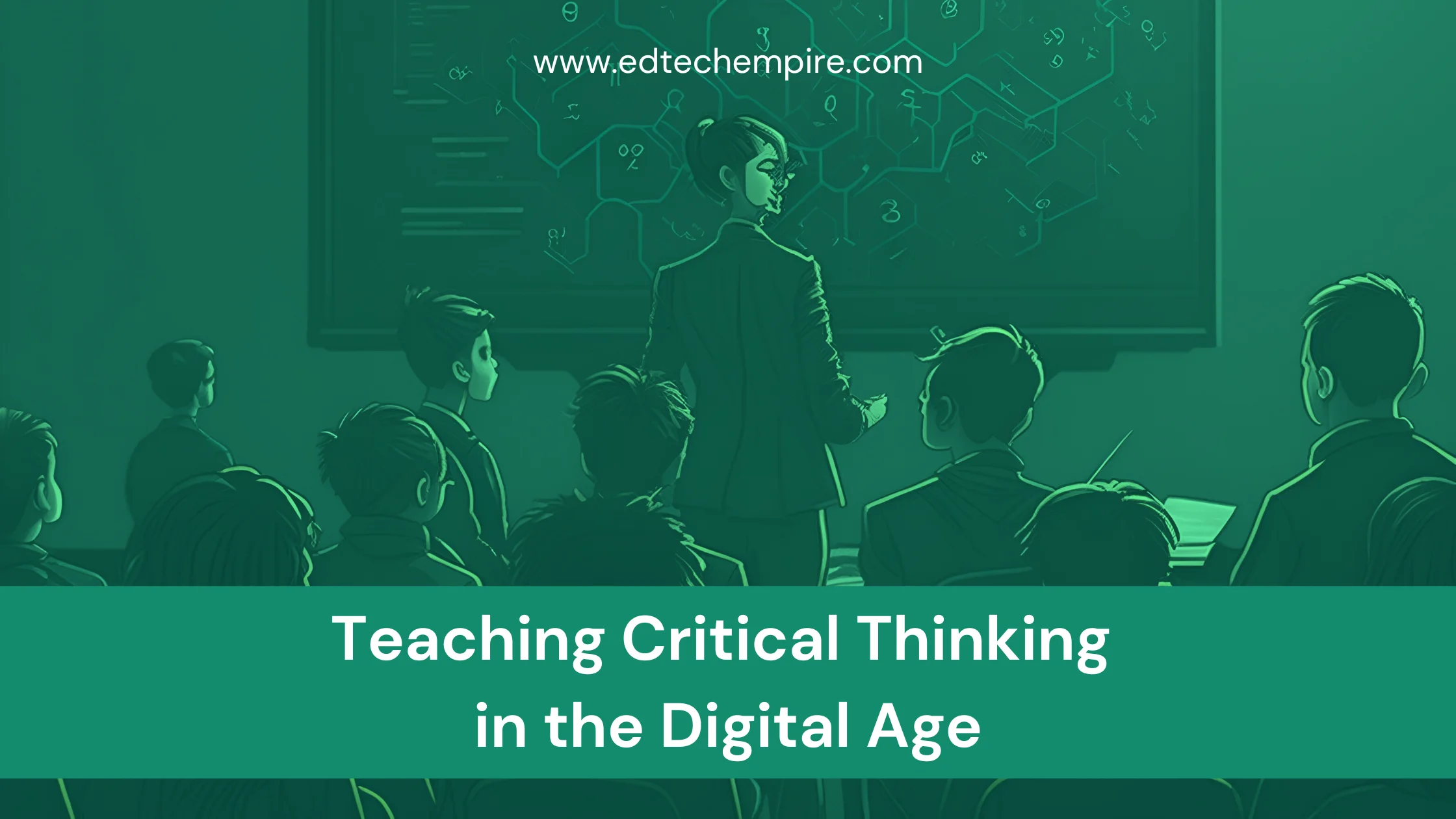![]()
The advent of University Augmented Reality (AR) has ushered in a new era of immersive learning, revolutionizing traditional education and pushing the boundaries of interactive teaching. By seamlessly combining the real and virtual worlds, AR provides a distinctive learning experience that has the potential to profoundly reshape the landscape of university education. With its ability to overlay digital information, such as 3D models, animations, and interactive elements, onto the physical world, AR creates an engaging and dynamic environment that enhances students’ understanding of complex concepts, fosters collaboration, and supports personalized learning.
As technology continues to advance, the possibilities for University AR are expanding, allowing educators to explore innovative approaches to teaching and learning that can truly transform the higher education experience for students worldwide.
In this article, we will delve into the prospects of university augmented reality and how it can be utilized to facilitate higher education. So, let’s get started!
Table of Contents
- The Concept of University Augmented Reality
- The Benefits of University Augmented Reality
- Challenges and Solutions in Implementing University Augmented Reality
- The Future of University Augmented Reality
- University Augmented Reality in Practice
- Getting Started with University Augmented Reality
- The Role of AR in Distance Learning
- Integrating AR with Other EdTech Tools
- University Augmented Reality and Industry Collaboration
- Evaluating Learning Outcomes with AR
- Ethical Considerations in University Augmented Reality
- Frequently Asked Questions and Answers (FAQs)
- Conclusion
The Concept of University Augmented Reality
Augmented Reality (AR) is an innovative technology that overlays digital information—such as images, sounds, and text—onto the physical world. When applied to the university setting, AR impacts the education landscape by offering immersive learning experiences, making complex concepts more accessible, and promoting engagement.
How University AR Works
University Augmented Reality uses AR-enabled devices like smartphones, tablets, or AR glasses to superimpose digital content onto the physical world. For instance, a biology student can study a 3D model of the human heart, observing its functions in real-time.
The Spectrum of University Augmented Reality Applications
The application of University Augmented Reality extends across various disciplines, offering a broad spectrum of utilization. From the sciences to the humanities, AR can make any subject matter more interactive and comprehensible. Whether it’s exploring historical sites in an archaeology class, simulating chemical reactions in a chemistry class, or visualizing architectural structures in a design class, AR truly transforms the educational experience.
Integration of University AR in Curriculum
While the technology itself is impressive, the real magic happens when it is seamlessly integrated into the curriculum. This integration requires careful planning and consideration of the learning objectives, the needs of the students, and the resources available.
Effective curriculum integration of AR can involve:
- Supplementing traditional teaching methods: AR can be used to supplement lectures, textbooks, and other traditional teaching methods, making them more engaging and impactful.
- Creating interactive assignments: Assignments can be transformed into interactive experiences using AR, promoting active learning.
- Assessing learning outcomes: AR can also be used to assess learning outcomes in a more comprehensive manner. For instance, students can be asked to demonstrate their understanding of a concept through an AR project.
By understanding the concept of University AR and how it works, we can better appreciate its potential and the variety of applications it can offer. As we continue to integrate AR into the curriculum, we open up a world of possibilities for interactive, engaging, and effective learning. To delve deeper into how AR can be incorporated into your lesson plans, check out our guide on how to incorporate technology into lesson plans.
The Benefits of University Augmented Reality
AR presents an array of benefits that can potentially revolutionize the way students learn.
Enhanced Student Engagement
With AR, learning becomes an interactive experience. The technology’s ability to bring life to abstract concepts fosters increased student engagement and motivation.
Simplified Complex Concepts
AR visualizes complex concepts, making them easier to understand. For instance, a physics lesson could utilize AR to demonstrate the behavior of particles in different states of matter.
Real-World Application
AR provides an opportunity for students to apply their knowledge in a controlled, real-world environment. For example, AR can be used in medical training to simulate surgeries, reducing the risks associated with practical training.
Challenges and Solutions in Implementing University Augmented Reality
Like any other technology, University AR faces challenges. However, strategic solutions can help overcome these obstacles.
Technological Issues
Not all students have access to AR-enabled devices. Universities can address this issue by providing devices or establishing AR-equipped labs.
Training and Support
The successful implementation of AR requires adequate training and support for both educators and students. Universities can offer training programs, and platforms like Edtech Empire provide resources to enhance understanding and usage of AR.
The Future of University Augmented Reality
As we look towards the future, it’s clear that University Augmented Reality will play an increasingly pivotal role in education. As technology advances, the possibilities for AR in higher education continue to expand, offering more immersive and personalized learning experiences.
Metaverse and University AR
One of the most exciting advancements on the horizon is the metaverse—a collective virtual shared space that’s created by the convergence of physical and virtual reality. As this concept becomes a reality, the impact on education could be significant. Imagine university students attending a lecture in a virtual auditorium, participating in a group project in a shared virtual space, or conducting scientific experiments in a virtual lab—all made possible by AR. For a deeper understanding of the metaverse and its potential for education, you can visit our article on the metaverse.
AI and AR Integration
The integration of Artificial Intelligence (AI) and AR is another promising development for University AR. AI can enhance AR experiences by providing personalized learning recommendations, real-time feedback, and more engaging and interactive content. As AI continues to evolve, so too will the capabilities of AR in higher education. Additionally, you may read our article on the impacts of AI on education.
Accessibility in the Future of University Augmented Reality (AR)
In the future, we can also expect University AR to become more accessible. As technology becomes more affordable and widespread, more students will have the opportunity to benefit from AR learning experiences. Additionally, advancements in technology will also make AR more adaptable to different learning needs and styles, promoting inclusivity in education.
Sustainability and AR
As concerns about the environment continue to rise, AR presents an opportunity for more sustainable education practices. For instance, virtual labs can reduce the need for physical resources, and digital textbooks can save paper. As we move forward, it will be important to consider how University AR can contribute to sustainability goals.
The future of University Augmented Reality is undoubtedly exciting. With continuous advancements in technology, the possibilities for AR in higher education are vast and promising.
University Augmented Reality in Practice
There are numerous practical applications of AR in university education. From allowing architecture students to create and interact with 3D building designs, to enabling chemistry students to visualize and manipulate molecular structures, AR brings a new dimension to learning.
Case Studies of AR in Universities
Several universities have already adopted AR in their curriculum. For instance, the University of Cambridge uses AR to teach complex mathematical concepts, while Stanford University uses it for medical training, providing students with a safe and realistic environment to practice surgeries.

Getting Started with University Augmented Reality
To successfully implement AR in a university setting, a clear strategy is necessary. This includes understanding the needs of your students, choosing the right AR tools, and integrating them into your curriculum. This comprehensive guide can help you navigate the process.
The Role of AR in Distance Learning
University Augmented Reality also plays a crucial role in enhancing distance learning, a teaching mode that has seen a significant rise in recent years. AR can bring practical experiences into homes, making remote education more engaging and effective.
AR-enabled Virtual Labs
Virtual labs are an excellent example of how AR can benefit distance learners. These labs allow students to conduct experiments and simulations from anywhere, ensuring that they don’t miss out on practical learning experiences.
AR in Online Tutoring
In the context of online tutoring, University Augmented Reality can be used to create more interactive and personalized learning experiences. Tutors can use AR to demonstrate complex concepts and provide real-time feedback, leading to more productive tutoring sessions.
AR for Collaborative Learning
AR can also facilitate collaborative learning in a distance education setup. Through shared AR experiences, students can work together on projects or experiments, fostering a sense of community and collaborative skills, even from afar.
Accessibility and Inclusion in Distance Learning
With AR, accessibility and inclusion take on a new dimension in distance learning. For students with certain disabilities, AR can provide alternative ways of accessing learning materials, promoting an inclusive learning environment. For instance, visual or auditory overlays can help explain text content to students with reading difficulties.
AR for Self-paced Learning
Distance learning often allows for self-paced study, and AR can greatly enhance this aspect. With AR, students can explore learning content at their own pace, repeating and interacting with the material as needed. This can lead to a deeper understanding and retention of the subject matter.
Integrating AR with Other EdTech Tools
AR doesn’t have to stand alone as a technological tool in university education. When integrated with other EdTech tools, like Learning Management Systems (LMS) or AI chatbots, AR can become even more effective.
AR and LMS
LMS platforms can host AR content, allowing students to access AR experiences directly from their course modules. This not only centralizes learning resources but also allows for seamless integration of AR content into the curriculum. Check out this guide on organizing courses in an LMS for more insights.
AR and AI Chatbots
AI chatbots can guide students through AR experiences, providing explanations and answering queries in real time. As we further explore the potential of University Augmented Reality in distance learning and its integration with other EdTech tools, the horizon of educational possibilities continues to expand.
University Augmented Reality and Industry Collaboration
University AR can also foster industry collaboration. By simulating real-world work environments and scenarios, AR can provide students with industry-relevant skills and experiences, bridging the gap between academic learning and industry demands.
Co-creation of AR Content
Universities can collaborate with industries to create AR content that reflects real-world applications of course material. This not only makes learning more relevant but also exposes students to industry practices and standards.
Evaluating Learning Outcomes with AR
AR technology can also provide valuable data on learning outcomes. By tracking student interactions with AR content, educators can gain insights into student understanding and engagement, enabling them to personalize and improve teaching strategies.
Continuous Assessment and Feedback
With AR, continuous assessment becomes easier. Students can receive immediate feedback during their AR experiences, enabling them to understand and correct their mistakes in real time.
Ethical Considerations in University Augmented Reality
As with any technology, the use of AR in university education comes with ethical considerations. Universities must consider issues of privacy, data security, and equitable access to technology.
Ensuring Equitable Access
While AR has the potential to greatly enhance learning, not all students may have access to the necessary technology. It’s important for universities to consider strategies to ensure that all students can benefit from AR, whether through university-provided devices or partnerships with local libraries or community centers.
Data Privacy and Security
AR applications often require access to user data, which raises concerns about data privacy and security. Universities must ensure that any AR tools they use comply with data protection regulations and best practices.
Frequently Asked Questions and Answers (FAQs)
Q1: What is the difference between University Augmented Reality and Virtual Reality?
A: While both are immersive technologies, AR overlays digital information onto the real world, whereas VR creates a completely virtual environment.
Q2: Can AR replace traditional university education?
A: AR is not designed to replace traditional education but to enhance it by providing interactive and immersive learning experiences.
Q3: Is University Augmented Reality expensive to implement?
A: The cost varies based on the technology used and the scale of implementation. However, with the increasing accessibility of AR devices, implementing AR is becoming more affordable.
The journey towards incorporating University Augmented Reality in education is an exciting one, filled with opportunities for enhanced learning and greater student engagement. As we continue to leverage AR in university education, we pave the way towards a future where learning is not just about absorbing information but also about experiencing and interacting with knowledge in novel ways.
Conclusion
The potential of University Augmented Reality is immense, and its benefits are becoming increasingly evident. As we move further into the 21st century, it’s clear that AR is not just a passing trend but a vital part of the future of education. By embracing this technology, universities can offer students a more engaging, interactive, and effective learning experience.
As we continue to explore and understand this technology, we encourage you to stay informed and consider the possibilities that AR presents. After all, the future of education is not just about adapting to change, but also about leveraging it to improve teaching and learning. If you liked this article, we recommend that you also look into our article on extended reality (XR) in education.
Khondker Mohammad Shah-Al-Mamun is an experienced writer, technology integration and automation specialist, and Microsoft Innovative Educator who leads the Blended Learning Center at Daffodil International University in Bangladesh. He was also a Google Certified Educator and a leader of Google Educators Group (GEG) Dhaka South.















Leave a Reply